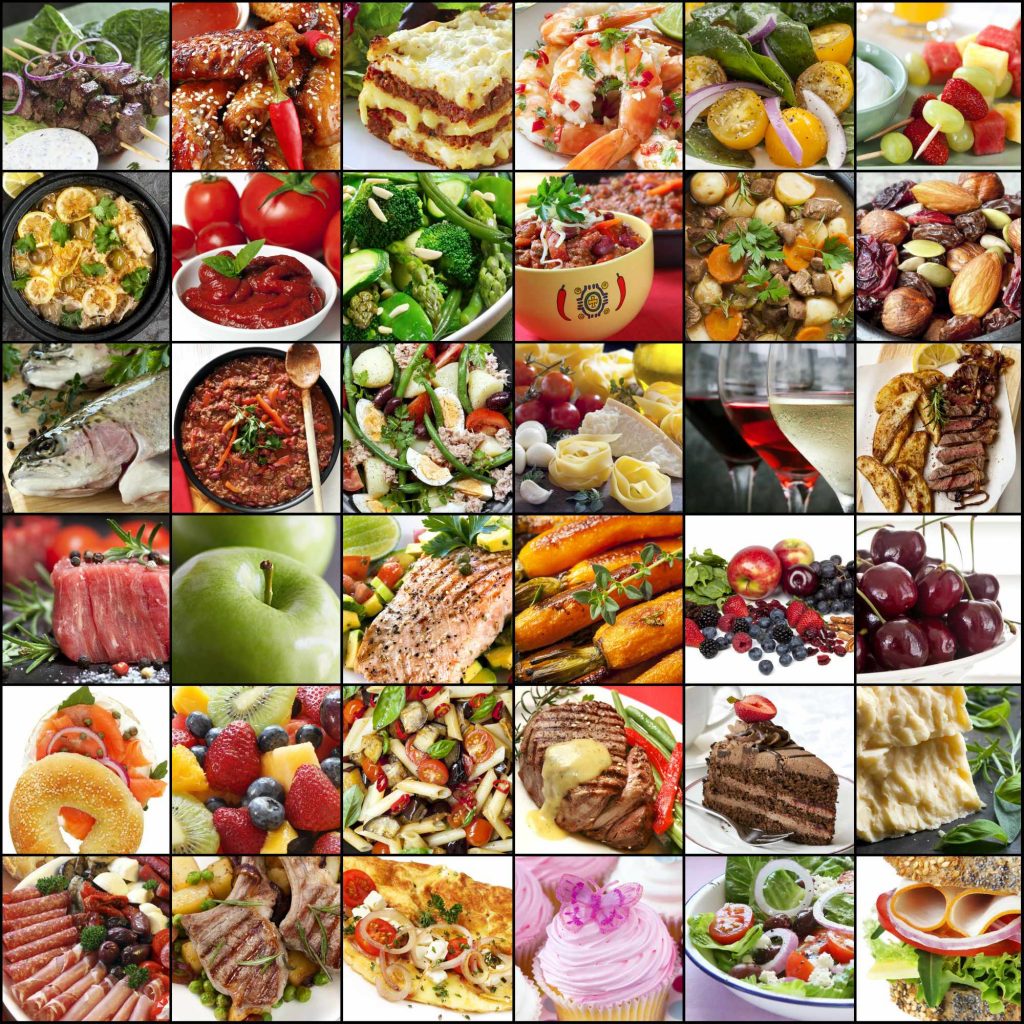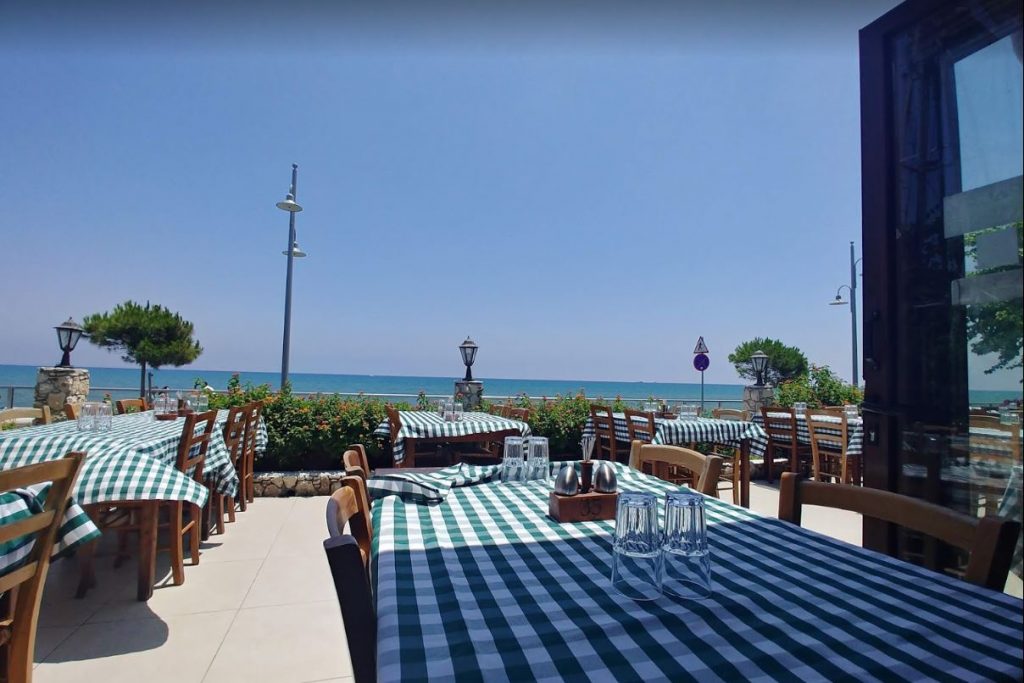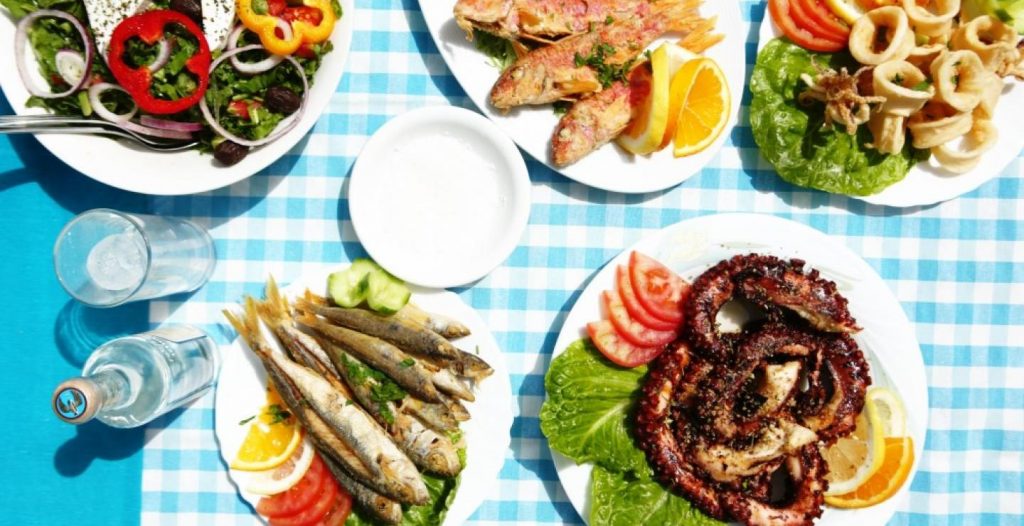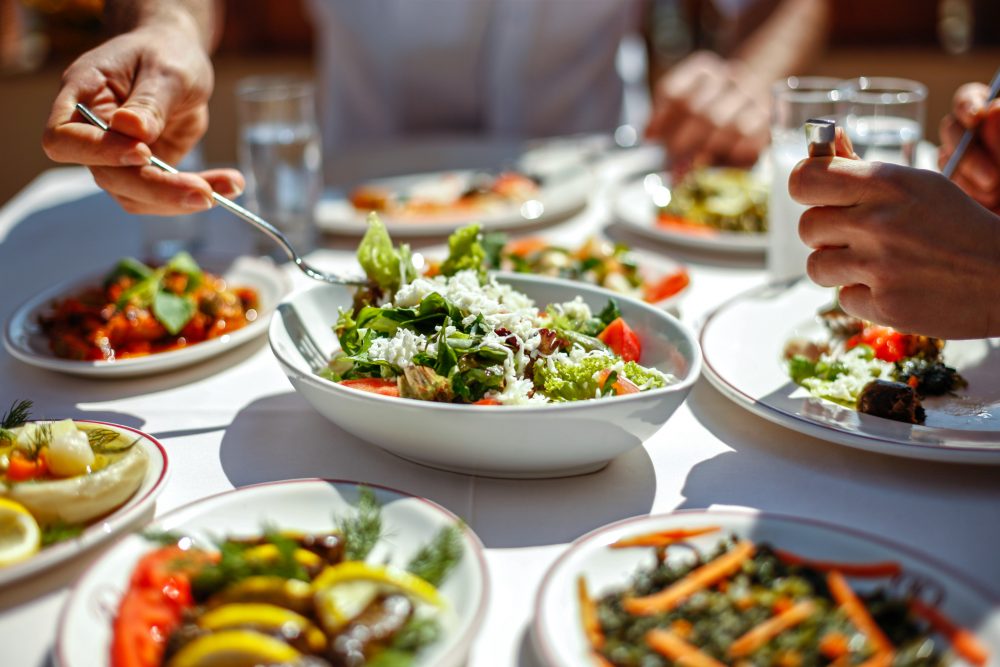Aphrodite’s island has held the key to beauty and health for centuries, with the Goddess herself symbolising eternal youth and wellbeing. Today, Cyprus continues to induce and inspire an atmosphere of healthy living and a sense of total wellness through a combination of factors, from its Mediterranean charm and climate, with its alluring combination of year round sunshine, picture-perfect surroundings to an environment conducive to healthy eating and leisure pursuits, the island has all the elements in place to invoke a true sense of harmony.
Healthy. Pure Mediterranean. Hearty.
Cyprus cuisine is healthy and hearty and pure Mediterranean, with an emphasis on fish and pork dishes such as the ubiquitous souvlaki kebab. Cooks make extensive use of the wild thyme and mint that grows across the island, as well as cinnamon, cumin and coriander, showing the influence of the Middle East. Perhaps the most famous Cypriot dish of all is grilled halloumi, a hand-made Cypriot cheese.
One of the best things about Cyprus is its varied and flavoursome cuisine. Cypriots love their food and take it very seriously. Celebrations and family get-togethers are rarely without an army of little plates crowding the long tables: the ubiquitous and irresistible Meze.
Meze
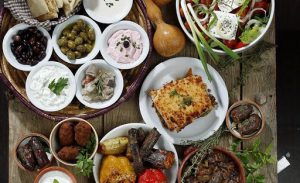
The word meze is short for mezedes (‘little delicacies’)
Meze is almost never served for one: two is the minimum and three’s the beginning of a beautiful feast. Try to dine in a larger group, since sharing meze is as integral to the experience of eating it as the variety of the dishes themselves. All the passing this and passing that and shouting across the table for more tahini or bread is a true bonding experience that Cypriots share many nights a week.
First on the table are shiny olives, a salad and fresh bread, along with tahini, taramasalata, talatouri (tzatziki) and hummus for dipping. Pace yourself, go easy on the bread, suck on an olive or two, and crunch on a salad leaf.
Next are the vegetables. Some are garnished with lemon, some are raw, a few are pickled or served with haloumi. Sausages and Cyprus’ own lountza (smoked loin of pork) follow. Again, eat the vegies, sample a coin of sausage and a strip of cheese, but remember, a bite of each will suffice because the biggies are still to come.
The next course is the meat (vegetarians may be able to order vegetarian meze). A meat meze is a parade of lamb, chicken, beef, pork, souvlaki, kleftiko, sheftalia (spiced, grilled sausage), meatballs and smoked meat. If you’re having fish meze, then expect everything from sea bass to red mullet, prawns, octopus and, of course, calamari (squid).
Finally the waiter will bring fresh fruit and pastries. You will doubtless be on your last belt notch by now but, if possible, try some prickly pears – they’re a real delicacy.
Cypriots generally eat three meals daily; dinner is the main meal.
- Breakfast Eaten around 8am; normally a combination of olives, grilled or fresh haloumi, bread and tomatoes and, of course, coffee. It’s a wonderful combination to start your day.
- Lunch Usually eaten at around 2pm or 3pm; meals don’t usually last for more than an hour or so. Sunday lunch is the exception: this is when you will find entire families gathering, either at home or in restaurants, and staying for a good three to four hours, eating, drinking and chatting.
- Dinner Generally eaten late, from around 9pm, which is when restaurants start to seriously fill up. This is the meal where the meze is typically served. Always shared between at least two – it’s usually more like 10 – and dishes are passed around vociferously, so don’t be shy to ask if you’re dining with Cypriots and want to try something from the other end of the table.
Where to eat
Ở Síp, dựa theo tên quán bạn có thể có hình dung về phong cách của quán:
- “Taverna”: The taverna is where Greek Cypriots go to eat whenever they don’t eat at home, and there is one in every Cypriot town and village. A taverna can be a no-frills village eatery, or a more upmarket restaurant with a leaning towards the traditional.
- “Psistaria” The psistaria specialises in souvlaki
- “Psarotaverna” the psarotaverna mainly serves fish
- “Kafeneio” The kafeneio is central to any self-respecting Greek Cypriot village’s existence. Traditionally, kafeneia serve coffee and snacks of haloumi, tomatoes and olives, and are frequented only by (older) men.
Drinking
Don’t miss the fabulous juice bars. Mango, papaya, strawberry, guava: endless combinations are whizzed up on the spot and packed full of all those five-a-day fresh-fruit essentials, at a very reasonable price.
If you are after something stronger, locals drink at bars and generally accompany their meal with locally produced wine. Cyprus produces a wide range of red, white and rosé wines, as well as a famous sweet dessert wine, Commandaria. Spirits are also popular, particularly the famous anise-laced ouzo and the stronger grape-based zivania.
The most popular cocktail is Cypriot brandy sour, often cited as being the national drink and with a somewhat bizarre history. Apparently the young (and Muslim) King Farouk of Egypt, who frequented the Forest Park Hotel in Platres, used to drink this as it resembled iced tea; the mix is slightly different to the brandy sour norm.
Beer drinkers normally go for the inexpensive local brew Keo, although imported beers are also available.
Tap water is safe to drink.



